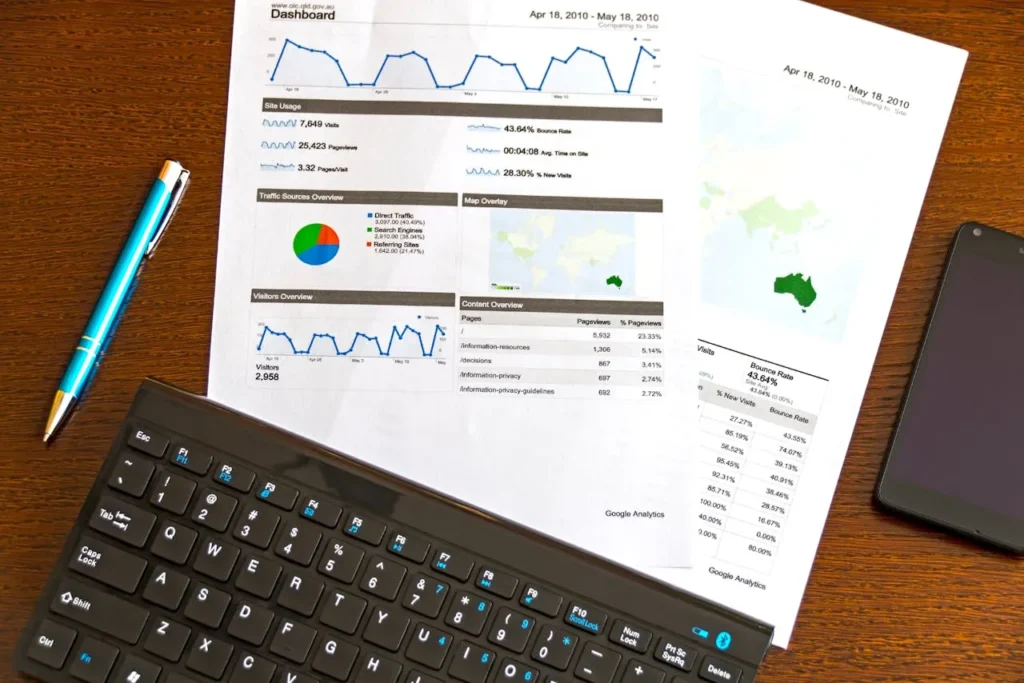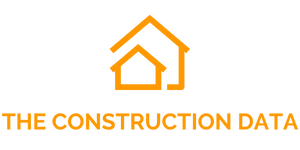
Muted Growth: U.S. Home Prices Up Just 1.3% Year-Over-Year in June, Homes.com Reports
Homes.com, the prominent online residential real estate marketplace under the CoStar Group umbrella, has released its latest analysis of national and regional home price trends for June 2025. Drawing on the most recent preliminary data, the report offers insight into how the residential real estate market continues to evolve amid shifting economic conditions, regional disparities, and persistent affordability challenges.
According to the data, home price inflation across the United States remained modest in June. The national median home price increased by just 1.3% year-over-year, reaching $395,000. This translates to an approximate $5,000 increase from the median price recorded in June 2024. While any growth in home values might seem positive at first glance, this increase is considerably smaller than the typical appreciation rates seen in recent Junes, especially during the boom years following the COVID-19 pandemic.
Cooling Momentum in Home Prices
The 1.3% national price growth underscores a broader trend of market normalization following years of rapid appreciation. During the height of the pandemic, buyers rushed to secure larger homes in suburban or exurban areas, driving up prices to record highs. With historically low mortgage rates, demand soared, and inventory was unable to keep pace. This led to fierce bidding wars and double-digit annual increases in many metro areas.
In contrast, today’s market is characterized by slower price appreciation. The moderation is primarily attributed to two key dynamics: an increase in for-sale inventory and continued affordability pressures.
In recent months, the housing market has seen a noticeable uptick in the number of homes available for purchase. After years of low inventory levels that heavily favored sellers, more homeowners are listing their properties. This increase in supply has helped ease price pressures and given prospective buyers more room to negotiate. In particular, the inventory build-up has been more pronounced in certain metro areas, especially those that experienced rapid price acceleration during the pandemic.
However, the increase in supply hasn’t yet been matched by a proportional rise in demand. One major factor holding buyers back is persistently high mortgage rates. After bottoming out in 2020 and 2021, mortgage rates have steadily climbed, placing added pressure on household budgets. With many potential buyers now priced out of the market or hesitant to purchase at current rates, demand remains subdued.
This dynamic has created a market in flux—one that offers buyers more options than they’ve had in years but still lacks the affordability necessary to spur strong transactional activity.
Diverging Trends by Property Type
Notably, the Homes.com report highlights significant differences in price trends across property types. While single-family detached homes saw moderate price appreciation, other housing categories experienced declines. Both townhouses and condominiums recorded year-over-year price drops in June.
The softness in these segments may reflect changing buyer preferences or a glut in supply in specific areas. During the pandemic, the demand for spacious single-family homes surged as remote work and lifestyle changes made shared or multi-unit living less attractive. Although that trend has started to reverse slightly in urban centers, the demand for condos and townhomes has yet to fully rebound.
This trend also points to potential opportunities for first-time buyers and investors. As prices for townhomes and condos cool, some buyers may find better entry points into the market through these property types, particularly in regions where affordability remains a concern.
Regional Breakdown: Midwest and Northeast Lead the Way
Regionally, the picture is far from uniform. The June data reveal a patchwork of performance, with some areas bucking the national trend and others lagging behind. In particular, markets in the Midwest and parts of the Northeast posted the most robust year-over-year gains.
Five of the 10 major metros with the strongest price appreciation in June were located in the Midwest. This region—often overshadowed by the housing booms on the coasts and in the Sun Belt—has seen steady growth driven by relatively low home prices, stable local economies, and a resurgence of interest in more affordable housing markets.

Similarly, several Northeastern metros outperformed the national average. While the region has its own affordability challenges, some cities benefited from continued demand among remote and hybrid workers seeking walkable communities with strong infrastructure, access to public transit, and cultural amenities.
In contrast, the Sun Belt—a region that led the housing boom during the early pandemic years—is showing signs of weakening. Nearly one-quarter of the 40 largest metro areas tracked by Homes.com experienced outright year-over-year price declines, with many of those concentrated in Sun Belt markets such as Phoenix, Austin, and Las Vegas.
These metros, which once offered the perfect combination of space, warmth, and lower cost of living, are now grappling with the consequences of rapid growth. High home prices, increased inventory, and reduced affordability have created imbalances in these local markets. Additionally, the pullback in investor activity in some of these areas has added to the softening of price pressures.
A Market in Transition
The latest data from Homes.com suggest that the U.S. housing market is in the midst of a significant reset. Gone are the days of double-digit annual appreciation. Instead, a more balanced—but still uncertain—market environment is emerging.
The ongoing moderation in home price growth signals that supply and demand are gradually moving toward equilibrium, though affordability remains a key issue. With mortgage rates still elevated, many potential buyers are sitting on the sidelines, waiting for rates—or prices—to fall further.
At the same time, some sellers, especially those who purchased or refinanced their homes during the ultra-low rate era, are reluctant to list, knowing they would be trading into a more expensive financing environment. This “lock-in” effect continues to limit resale inventory in some regions, even as new listings increase elsewhere.
Policy and macroeconomic developments will likely play a central role in shaping the second half of 2025. If inflation continues to cool and the Federal Reserve opts to lower interest rates, homebuyer demand could increase again, potentially leading to renewed upward pressure on prices. However, if rates remain high, the housing market may continue to stagnate, especially in high-cost metros.
The June 2025 Homes.com report paints a nuanced picture of the current housing market. While national home prices are still rising, the pace of growth has slowed substantially compared to recent years. Regional differences are becoming more pronounced, with the Midwest and Northeast gaining ground while the Sun Belt cools off.
For buyers, the market now offers more choices and slightly improved conditions for negotiation. For sellers, pricing homes competitively is more important than ever. And for policymakers and industry stakeholders, the challenge remains to address affordability while supporting a stable, healthy housing market.
Ultimately, the modest 1.3% annual rise in median home prices serves as a reminder that the post-pandemic housing boom has given way to a more restrained and complex market environment—one that may require buyers, sellers, and investors to recalibrate their expectations as they navigate the road ahead.




